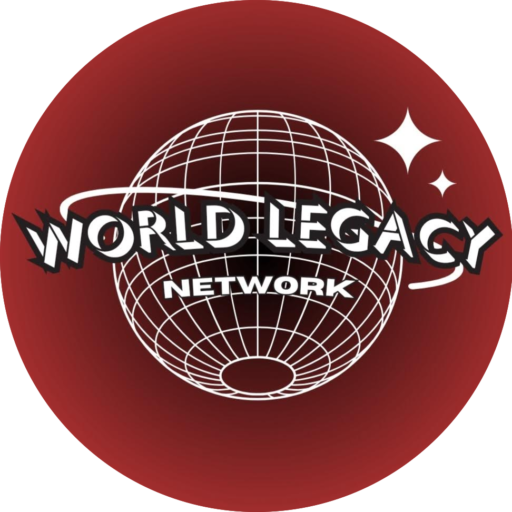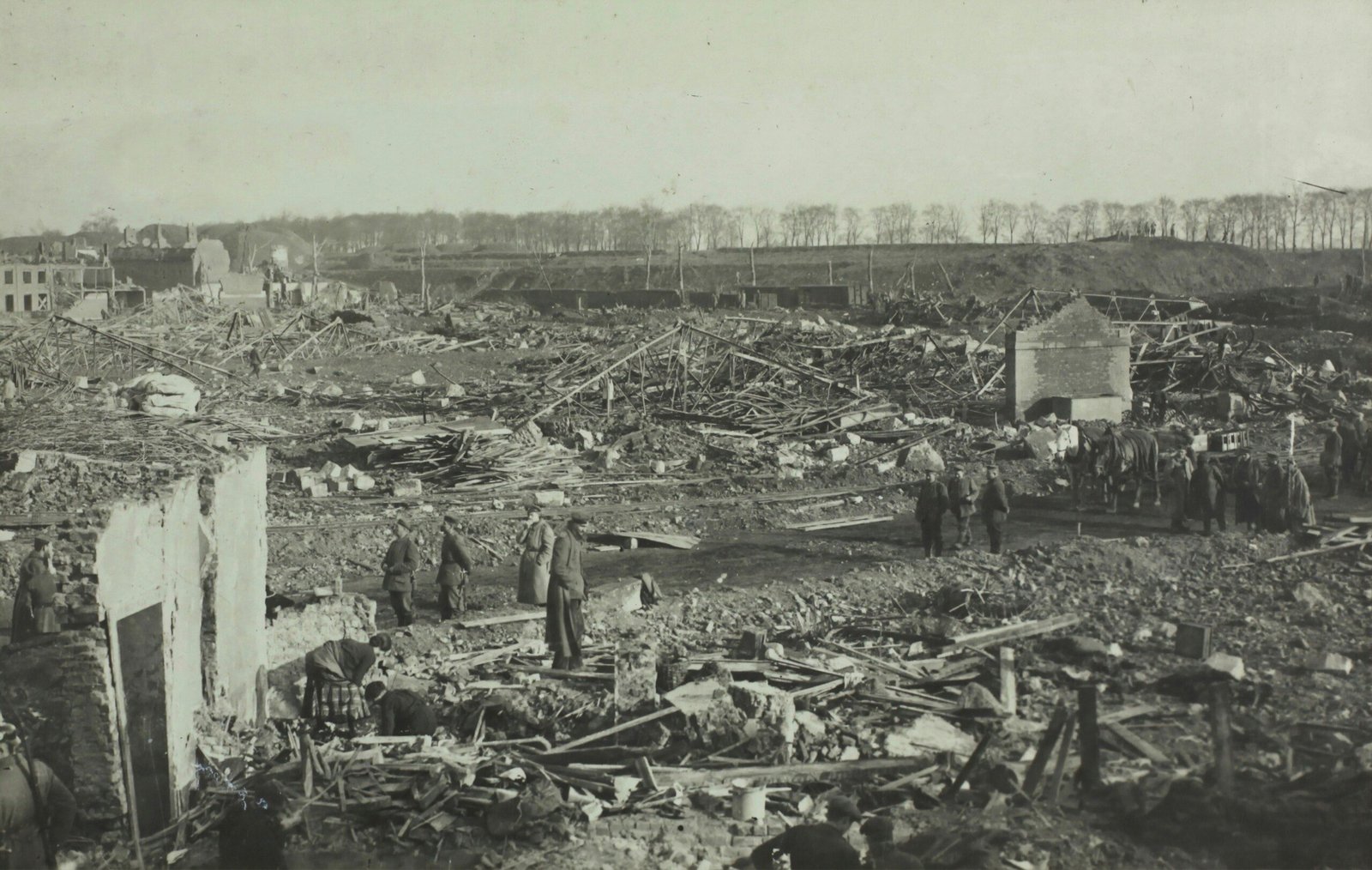The Historical Context
By mid-1945, World War II had devastated much of Europe and Asia. The Allies were closing in on Japan, which refused to surrender despite facing imminent defeat. The United States sought a way to end the war quickly and decisively, hoping to avoid a costly invasion of the Japanese mainland.
What Happened
On August 6, 1945, the United States dropped an atomic bomb on Hiroshima, Japan, instantly killing an estimated 80,000 people and causing tens of thousands more deaths in the following months due to radiation exposure. Three days later, on August 9, a second atomic bomb was dropped on Nagasaki, resulting in approximately 40,000 immediate deaths and similar long-term effects. These bombings marked the first and only use of nuclear weapons in warfare.
The Aftermath
While the bombings led to Japan’s surrender on August 15, 1945, effectively ending World War II, Hiroshima and Nagasaki were left in ruins, with their populations dealing with the extensive physical and psychological impact. The unprecedented destruction and human suffering demonstrated the catastrophic potential of nuclear weapons, influencing global politics and leading to the Cold War’s arms race. The events underscored the need for international agreements on nuclear weapons and inspired movements advocating for nuclear disarmament and peace till today.
Imagining the Future
Looking forward, the memory of Hiroshima and Nagasaki serves as a somber reminder to pursue peace and prevent the recurrence of similar tragedies. Education about these historic events is crucial in fostering a world that values diplomacy over destruction. By remembering the past, we can work toward a future marked by collaboration and the responsible use of technology.

